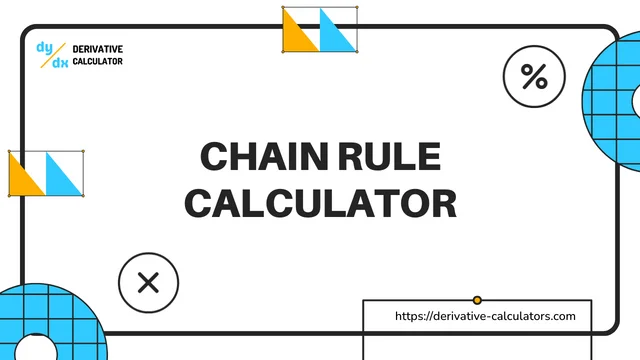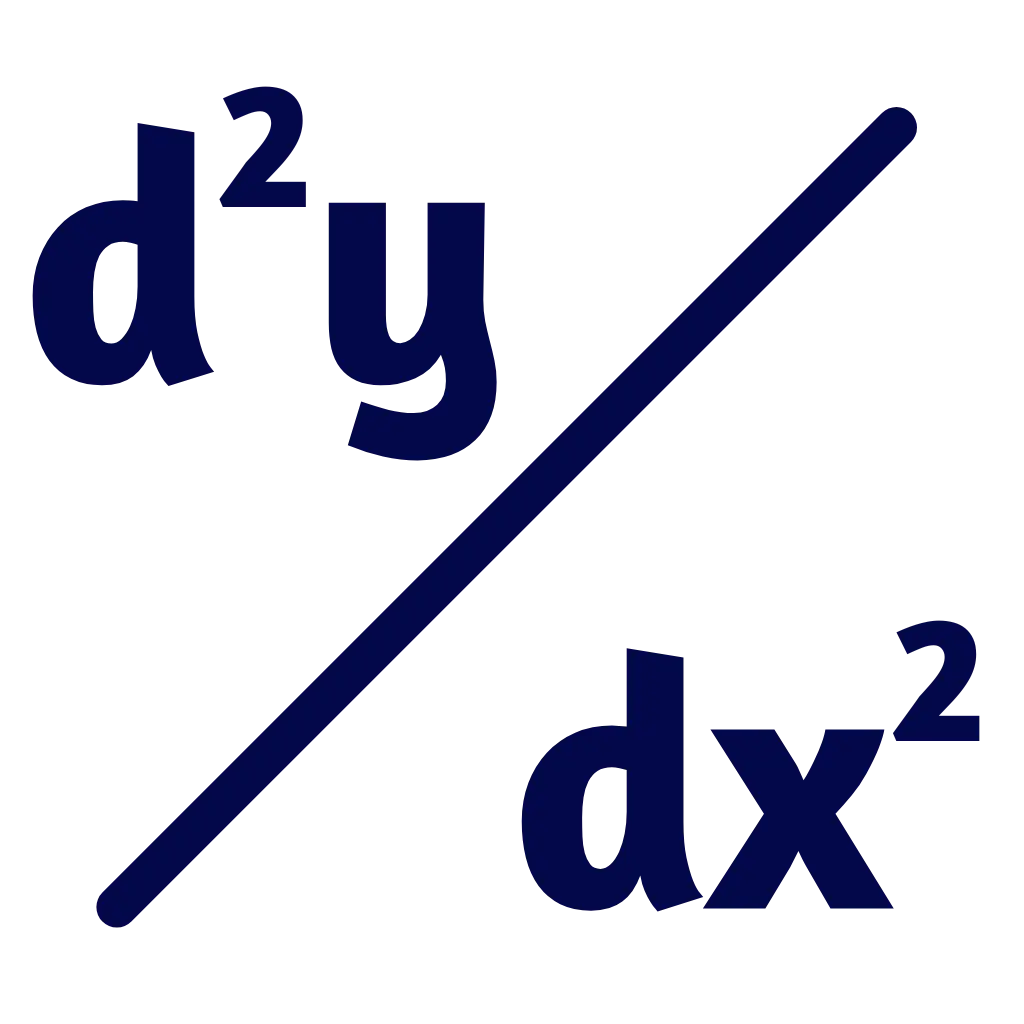Introduction to the Composite Derivative Calculator
The chain rule multiderivative calculator is an online tool for finding the derivative of the given function using the chain rule method. This solver is a freely available online tool that calculates the derivatives in a fraction of a second.

This composite function derivative calculator is free of cost without paying any subscription charges. This chain rule multivariable functions calculator saves precious time. Chain rule solvers have a user-friendly interface. It also shares common ground with the Product Rule and quotient of two functions calculator as they all deal with functions that involve multiple parts.
What is a Chain Rule Multivariable Calculator?
The chain rule derivative calculator is an online available tool for finding the derivatives of a given function. The chain rule calculator is used to find the derivative of two or more composite functions.
It finds it difficult to calculate the composite of two or more functions, so this composite function derivative calculator is introduced. This chain rule differentiation calculator calculates these functions by applying differentiation rules.
By following the differentiation rules, the constitution of two or more functions is calculated easily and accurately.
Note: Your journey doesn't end here. Check out our range of derivative calculators such as product rule calculator, normal line calculator and extrema calculator for various math tasks. Enhance your math skills effortlessly.
Formula Used by Chain Rule Derivative Calculator
The chain rule calculator with steps solves the constituent function of more than two functions with step-by-step guidance.
Sometimes, it is found difficult to solve a function that is composed of two or more functions. So, this chain solver uses the chain rule method and follows the differentiation rules to solve such composite functions.
Here is the formula that is used for the chain rule for the multiderivative function calculator.
$$ \frac{dy}{dx} \;=\; \frac{dy}{du} \cdot \frac{du}{dx} $$
By using this formula, our chain rule differentiation calculator make it easy to solve derivatives problems easy for it's users.
Let's see how our calculator perform calculation with the chain rule.
Example: Consider we have a function:
$$ G(x) \;=\; \left( \frac{2x-1}{3x+5} \right)^7 $$
Differentiate the function by using the chain rule of differentiation
$$ G'(x) \;=\; 7 \left( \frac{2x-1}{3x+5} \right)^6 \left( \frac{(3x+5)2-(2x-1)3}{(3x+5)^2} \right) $$ $$ G'(x) \;=\; 7 \left( \frac{2x-1}{3x+5} \right)^6 \left( \frac{13}{(3x+5)^2} \right) $$ $$ G'(x) \;=\; \frac{91(2x-1)^6}{(3x+5)^2} $$
In this way, our chain rule online tool performs calculation with possible intermediate steps and graphs.
How does Chain Rule Solver Work?
The chain rule calculator usually follows the following steps to calculate the composite derivative functions:
Step 1: Enter the composite function in the input bar. Or you can simply load the example from the drop-down list.
Step 2: Now select variable w.r.t to which you are looking for to differentiate the function. Select a varaible i.e. x,y,z or any other from the drop-down menu.
Step 3: After that, Now just click on the “Calculate” button. The chain solver will evaluate the composite functions.
Finally, that given function's derivatives and indefinite integrals will be displayed on your screen. After evaluating the function, refresh the page for new calculations.
How to find the Chain Rule Differentiation Calculator?
The composite derivative calculator is a very convenient tool for finding values for the given constituent function. Following steps should need to be followed for finding the multivariable function calculator:
- First of all, Enter the keywords in the search bar of your search engine i.e. Google, Bing, Yandex or anyother you are using. Hopefully, you may find us in the top results of your search engine.
- Secondly, if you are a regular user of these tools like linearization at a point calculator, we will recommend you to bookmark this website link on your browser named as online derivative calculator website.
Importance of Derivative of Composite Function Calculator
The chain rule for multivariable functions calculator is the best tool that is essential in differentiation. It is an important tool that is also used in physics as well as mathematics. Following are some benefits of users to differentiate the function with chain rule using this tool.
- The chain rule calculator with steps gives you results in a fraction of a second. And this calculator gives the solution with step-by-step instructions.
- The user interface of this online tool is very friendly.
- This chain rule multivariable calculator is a freely available tool without any subscription charges.
- By typing the simple keyword from your keyboard one can get this tool on his/her device.
- This derivative of a composite function calculator determines the authenticity of the domain of the function, whether it is real or not.
- The results of the composite function derivative calculator are authentic and reliable.
- This calculator shows the graphical representation of the solution.
related: Moreover our derivative graphing calculator offers a graphical insight, making it easier to grasp the behavior of the derivative function.

















